Varieties of Monitor Cables: A Beginner's Guide
In the realm of linking your monitor to your computer or other gadgets, there exists a variety of cable options. Among the prevalent monitor cable variants are VGA (Video Graphics Array), HDMI (High-Definition Multimedia Interface), DisplayPort, DVI (Digital Visual Interface), Thunderbolt, and USB-C. Each cable category boasts distinct characteristics, technical specifications, and compatibility prerequisites. The following article will introduce you in detail about the different types of display cables.
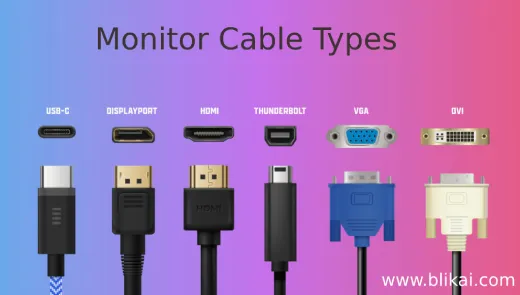
Description of VGA Cables
IBM introduced the Video Graphics Array (VGA) in 1987, alongside the PS/2 machine. This standard offers high resolution, fast display rate, and rich colors, making VGA cables prevalent in the field of color monitors. Despite supporting hot-swapping, VGA cables do not accommodate audio transmission.
The VGA cable interface serves as the standard connection for both CRT and LCD display devices, delivering versatile applications.
The VGA cable interface consists of a D-type with a total of 15 pin holes arranged in three rows of five each. Apart from the 2 NC (Not Connect) signals and 3 display data buses, it also includes 5 GND signals and the crucial 3 RGB color component signals along with the 2 scan synchronization signals HSYNC and VSYNC pins. The VGA interface is widely deployed on graphics cards, and the majority of graphics cards are equipped with this interface. Even for cards lacking a VGA interface but featuring a DVI (Digital Visual Interface) interface, conversion to VGA is achievable through a simple adapter, typically supplied with the cards lacking a VGA interface.

The HDMI cable can not only transmit high-definition graphics and picture signals, but also transmit audio signals, which are generally connected to the TV at home and are anti-interference. It is worth mentioning that the interface of the current car system, such as car navigation, is also HDMI.
HDMI is designed to replace older analog signal-to-video transmission interfaces, such as SCART or RCA terminals. It supports all types of TV and computer video formats, including SDTV, HDTV video clips, and multichannel digital audio.
HDMI also supports uncompressed 8-channel digital audio transmission (sample rate 192kHz, data length 24 bits per sample), as well as any compressed audio stream such as Dolby Digital or DTS, and also supports 8-channel, 1-bit DSD signals used by SACD. In addition, the HDMI 1.3 specification adds support for ultra-high data uncompressed audio streams such as Dolby TrueHD and DTS-HD.
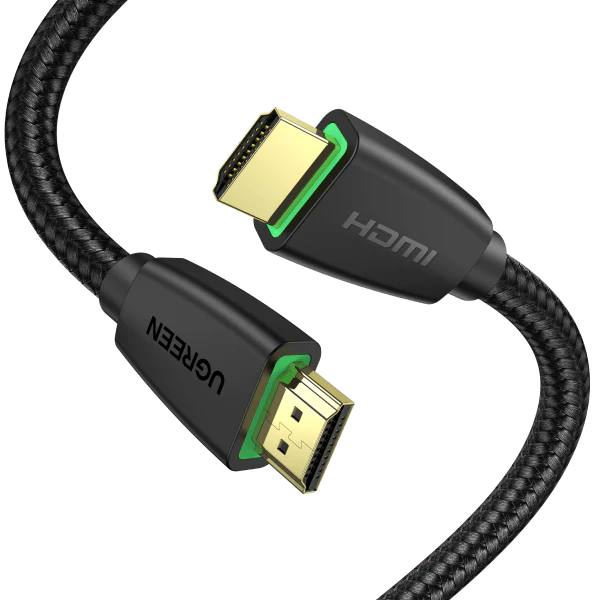
Overview of DisplayPort Cables
DisplayPort (DP) is a digital display standard that enables high-definition connections between computers and monitors, as well as computers and home theaters. Supported by industry leaders such as AMD, Intel, NVIDIA, Dell, HP, Lenovo, Philips, Samsung, and AOC, DisplayPort is freely available for use. In comparison to HDMI, the DP cable can be seen as an upgraded option with more robust capabilities for audio and video transmission.
This cable interface is created to substitute the traditional VGA, DVI, and FPD-Link (LVDS) interfaces. Through active or passive adapters, the cable can support backward compatibility with connectors like HDMI and DVI.
DisplayPort is the pioneering display communication port that utilizes packetized data transfer technology, similar to that used in Ethernet, USB, and PCI Express. It is suitable for both internal and external display connections.
The DP cable has the capability to transmit both audio and video separately. The video signal path can support 6 to 16 bits per color channel, while the audio path can accommodate up to eight channels of 24-bit 192 kHz uncompressed PCM audio. Moreover, the bi-directional, half-duplex auxiliary channel is responsible for conveying device management and device control data for the primary link, including VESA EDID, MCCS, and DPMS standards. Additionally, the communication port can handle bi-directional USB signals.
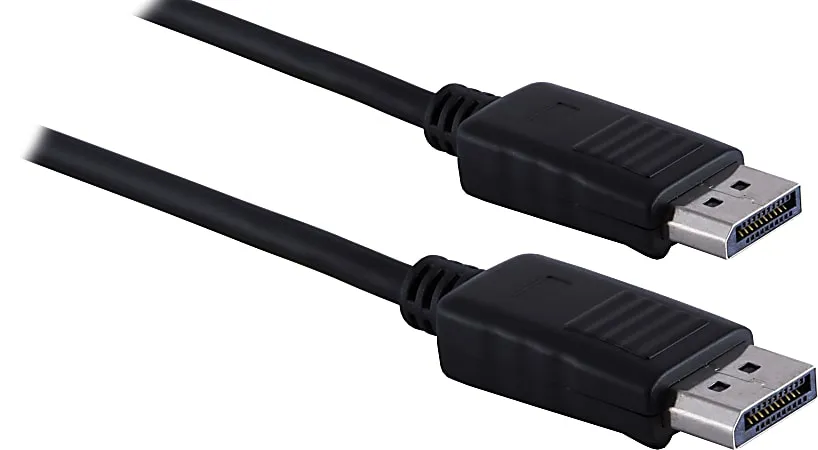
Description of DVI Cables
DVI is a high-definition interface, but it does not carry audio, which means that the DVI cable only transmits the image graphics signal, not the audio signal.
DVI is based on TMDS (Conversion Minimized Differential Signal) technology to transmit digital signals. TMDS uses advanced encoding algorithms to encode 8-bit data (each primary color signal in R, G, and B) into 10-bit data (including line field synchronization information, clock information, data DE, error correction, etc.) through minimal transformation. After DC equilibration, differential signals are used to transmit data. Compared to LVDS and TTL, EMC performs better, enabling long-distance, high-quality digital signal transmission with low-cost dedicated cables. Digital Video Interface (DVI) is an international open interface standard that is widely used in PCs, DVDs, high-definition televisions (HDTVs), high-definition projectors, and other devices.
DVI cables are available in 3 types and 5 specifications, and the terminal interface size is 39.5mm x 15.13mm.
The 3 main types include DVI-A (DVI-A) wires, DVI-D (DVI-D) wires, and DVI-Integrated (DVI-I) wires.
The five sizes include DVI-A ( 12+5), single-link DVI-D ( 18+1), binary-connection DVI-D(24+1), single-connection DVI-I (18+5), and binary-connection DVI-I(24+5).
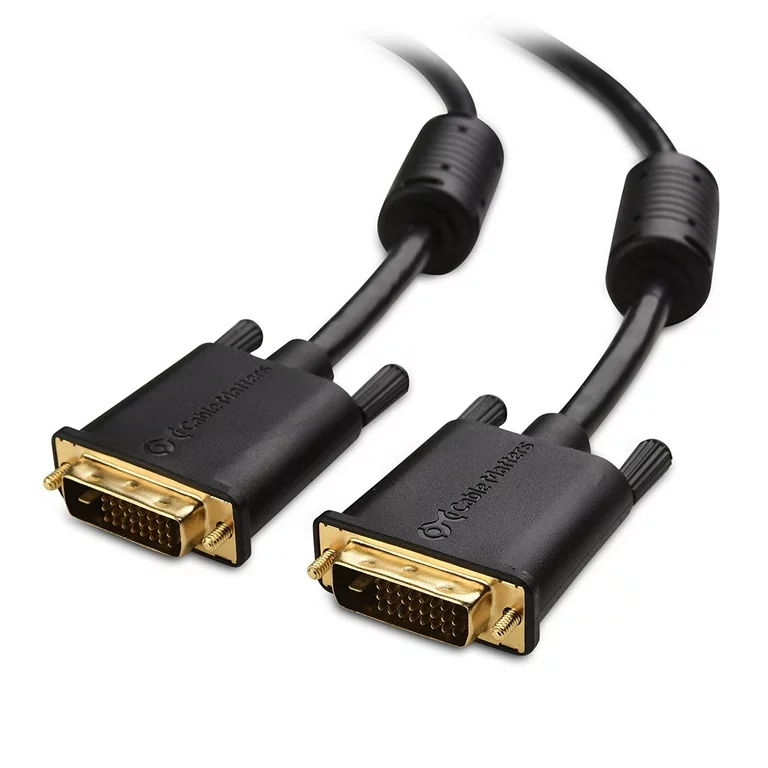
Introduction of Thunderbolt Cables
External difficult drives, docking stations, displays, and other similar gadgets are frequently associated to PCs via Thunderbolt cables, which are high-speed information transfer links. The Thunderbolt association, which was made by Intel and Apple in association, offers blazing-fast information transfer rates of up to 40 Gbps by combining information, audio, videos, and power into a single association. Thunderbolt cables use compact, reversible connectors for introductory and protean associations. With its versatility and high performance, Thunderbolt cables are ideal for professionals and specialists who require a fast and solid association to their gadgets.
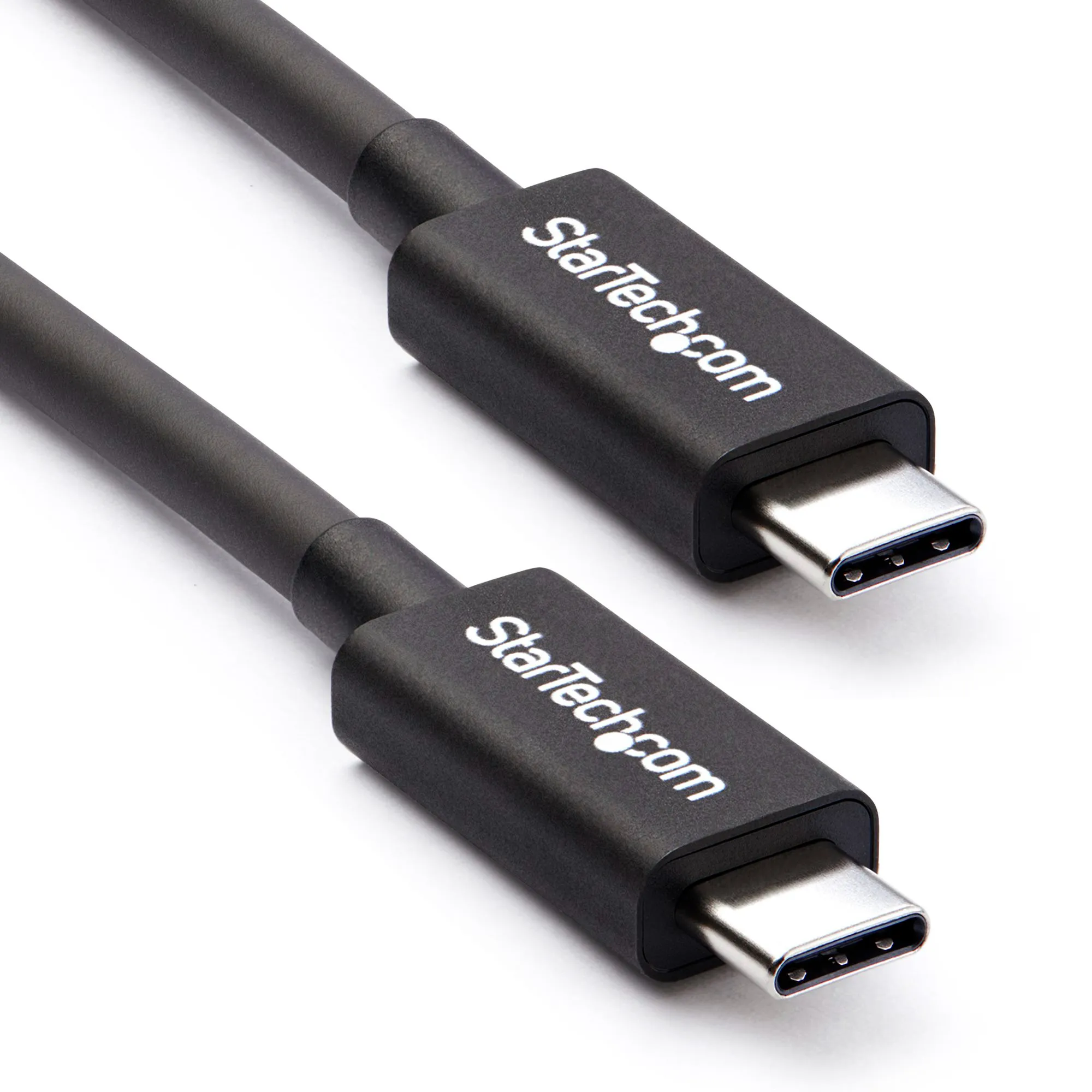
Description of USB-C Cables
The most current USB innovation, known as the USB-C cable, offers a versatile and available network for an assortment of gadgets. Its compact, reversible connector plan ensures clear and smooth application. The USB-C cables can not only exchange sound and video signals, high-speed information exchange, but also development control conveyance for gadget charging. Due to their compact size and wide compatibility, they are becoming more and more well known for connecting smartphones, tablets, portable workstations, and other gadgets to peripherals such as screens, outside capacity drives, and docking stations.
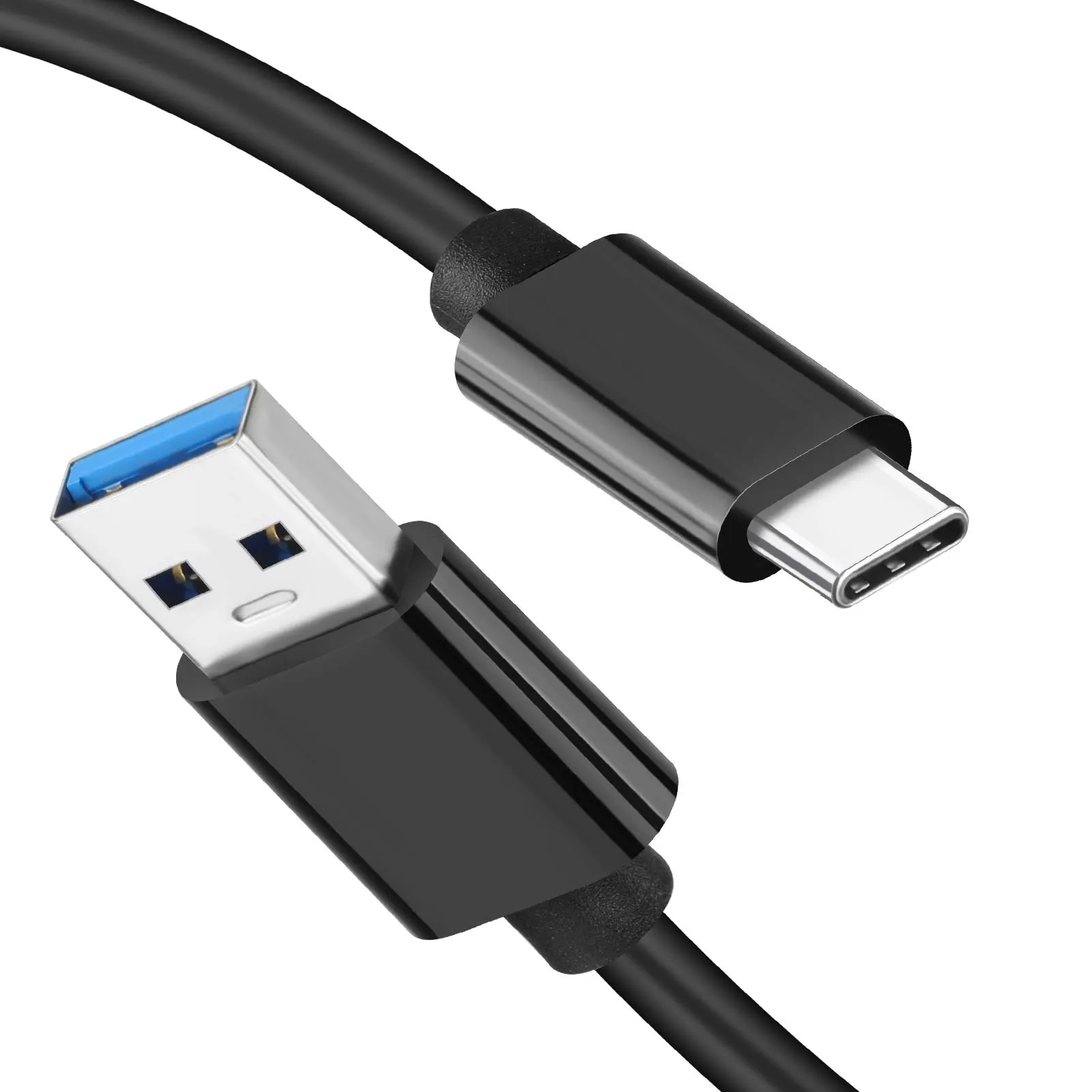
Comparison of Features and Specifications
|
Cable Type |
Connector Type |
Maximum Resolution |
Maximum Refresh Rate |
Audio Support |
Video Support |
Data Transfer Speed |
Compatibility |
|
VGA |
DE-15 (Analog) |
1920x1200 |
60Hz |
No |
Analog |
N/A |
Older devices |
|
HDMI |
HDMI Type-A/B/C/D |
3840x2160 (4K) |
240Hz |
Yes |
Digital |
Up to 18 Gbps |
TVs, Monitors, Gaming Consoles, Computers |
|
DisplayPort |
DisplayPort |
7680x4320 (8K) |
240Hz |
Yes |
Digital |
Up to 32.4 Gbps |
Monitors, Computers, Graphics Cards |
|
DVI |
DVI-D/DVI-I/DVI-A |
2560x1600 (Dual Link) |
144Hz |
No |
Digital |
Up to 9.9 Gbps |
Monitors, Computers |
|
Thunderbolt |
Thunderbolt |
7680x4320 (8K) |
240Hz |
Yes |
Digital |
Up to 40 Gbps |
MacBooks, Monitors, External Storage, Docking Stations |
|
USB-C |
USB-C |
7680x4320 (8K) |
240Hz |
Yes |
Digital |
Up to 40 Gbps |
Laptops, Monitors, Smartphones, Tablets, External Storage |
Considerations for Choosing a Monitor Cable
When selecting an examiner cable, there are several elements to consider in order to guarantee the best performance and compatibility. First effects first, make sure your devices like your computer, monitor, or game console have the applicable input and output ports. Consider the resolution and revive rate you require, as distinctive cables support diverse levels of video quality. Furthermore, think approximately the cable length you require for your setup and whether you require any extraordinary features like audio or Ethernet support. At last, consider your budget, as prices can vary depending on the type and quality of the cable. By considering these factors, you can select the right monitor cable for your particular needs.
FAQs about Monitor Cables
1. Which monitor cable should I use for my monitor?
For enhanced performance and compatibility with contemporary monitors and graphics cards, it is advisable to utilize HDMI or DisplayPort. Meanwhile, DVI and VGA are primarily compatible with older hardware and may lack the advanced features and resolution support offered by HDMI and DisplayPort.
2.Can monitor cables transmit audio signals?
Both HDMI and DisplayPort can transmit high-quality audio along with video signals. However, DVI and VGA do not support audio transmission, requiring additional audio cables for these connections.
3.Can different types of monitor cables be connected using adapters?
Certainly, there are several adapters available for converting between different monitor cable types. Nonetheless, the adapter's compatibility and performance may vary based on the specific devices being connected.
Varieties of Monitor Cables: A Beginner's Guide
Varieties of Electrical Wires and Cables
What is Thin-Film Transistor(tft) monitors? All explained
2SC5200 Transistor:Pinout and Applications
What are Buzzers & How they work?
Digital Comparator and Magnitude Comparator Guide
Automotive Relays: Types, Advantages & Applications
What Integrated Amplifier Is and How It Works
Human-Machine Interface(HMI) Technology [Explained]
Capacitor vs Resistor: What's the Differences?










